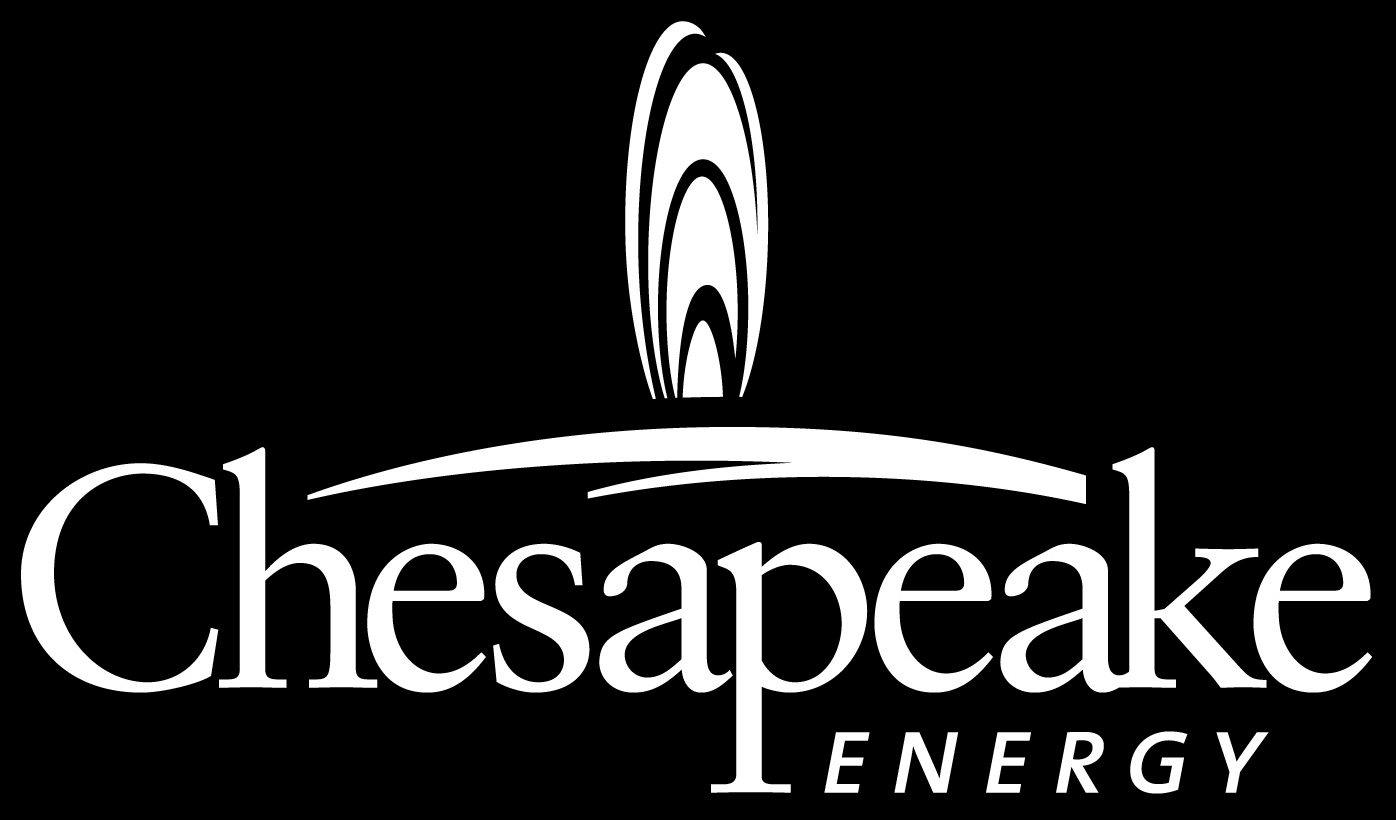Chesapeake Energy Corporation (NYSE:CHK) stock seems to have stabilized today after tumbling on Thursday following the company’s third-quarter results. One would have thought that the Chesapeake Energy 3Q17 earnings beat would’ve been good news, but it was paired with something investors have no patience for right now: increased capital expenditures.

Chesapeake Energy 3Q17 earnings beat wasn’t enough
It seems investors just aren’t in the mood to let higher spending fly as even Facebook stock has been struck for that despite its strong earnings beat. Unfortunately for Chesapeake, it already has quite a lot of debt, so when investors heard that it wants to increase spending, even an earnings beat wasn’t good enough to make up for it. On the other hand, a few, like Tesla, can get away with doing the very same thing for an extended period while running at a loss. Oil just isn’t as sexy as electric cars, after all.
Chesapeake Energy 3Q17 earnings came in at 12 cents per share, excluding items, which beat the consensus by a penny. However, the company’s revenue fell 14.6% year over year to $1.94 billion, which missed the consensus of $2.07 billion. Production was down 15%, although Chesapeake warned about that in September. Volumes came in at 542 million barrels of oil equivalent per day. The company also said that production growth would be flat to modest next year.
Chesapeake also raised the bottom of its guidance range for capital expenditures for this year by $200 million, although it said it plans to spend less next year. The company’s long-term debt is still close to $10 billion, and it continues to chip away at that balance slowly, this time by selling another $2 billion to $3 billion in assets to support its balance sheet.
Price target for Chesapeake Energy stock cut
Barclays analyst Thomas Driscoll slashed his price target for Chesapeake stock following the third-quarter earnings release. He reiterated his Underweight rating and slashed his price target for Chesapeake Energy stock from $3 to $2 per share. He also said the Street was looking for about 8% growth in production for next year, meaning that the guide for “flat to modest” growth just fell flat on investors.











Leave A Comment